
Most physicians haven’t had to use codes like these — yet.

Most physicians haven’t had to use codes like these — yet.

A pandemic has challenged health care leaders like never before. Here’s how to get your team through it.

A new scheduling system can revolutionize medical practice

Opioids once dominated headlines, but then came COVID-19. What happened to all the patients struggling with addiction?

COVID-19 has completely upended clinical operations, requiring a “new normal” going forward.
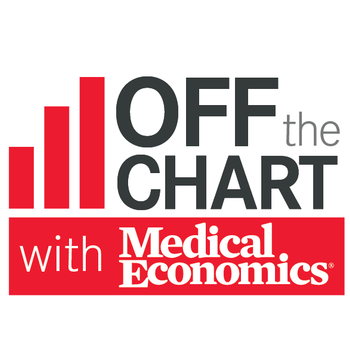
On November 10 the Supreme Court will hear arguments in a case challenging the constitutionality of the Affordable Care Act. What would it mean for health care if the Court overturns the law? In the second of two episodes addressing that question, Jacqueline Fincher, MD, discusses the impact from her perspective as a practicing internist and president of the American College of Physicians.
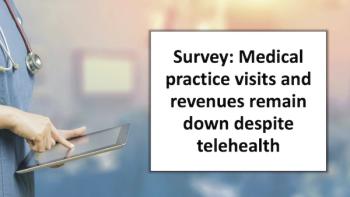
Declines in patient visits and revenues continue despite telehealth increase

Will you have to deal with these codes on All Hallows Eve?

Looking beyond telehealth to humanize virtual care

What you need to know to protect your practice.

Former CMS Administrator and FDA Commissioner Mark McClellan, MD, discusses his transformative vision for primary care in a post-COVID world.

Physicians need to prepare and take a stand against workplace violence

The key to happy and healthy patients? Honest talk about finances.

The first half of 2020 saw a nearly 50% increase in health care cyber breaches

By making better use of your existing space, you can eliminate wait times, excess supplies, overcrowded rooms—and save money.

Waiting rooms may become a thing of the past as technology provides safer and easier alternatives
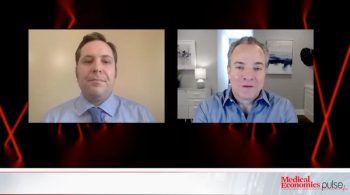
McClellan, a former CMS and FDA leader, discusses how to transform health care in the wake of the COVID-19 pandemic, and the role for primary care.

Controlling continuum of costs has always been important in running a health care practice, but the pandemic has made reining in excessive operating expenses vital

If you want a good deal on your lease, follow these pro tips.

Organizational psychologist Tasha Eurich gives insight into how becoming a self-aware leader can help a practice thrive.

Two experts outlined the following techniques for effective leadership during a crisis.
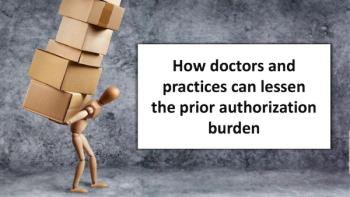
Prior authorizations remain among the most vexing problems facing primary care practices

The MGMA report also offers insights on how organizations who are performing well have tackled the COVID-19 pandemic.
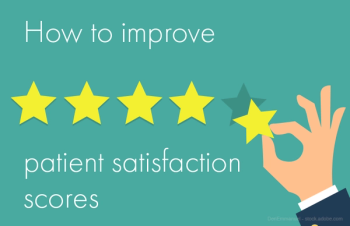
Best practices for figuring out what patients want from your practice.
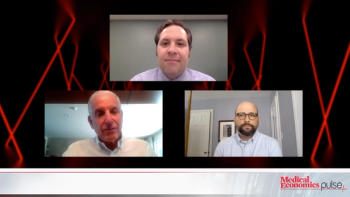
There are financial, legal and operational considerations physicians must consider as they deal with COVID-19 and flu season.